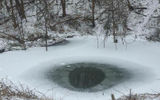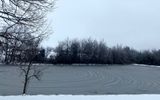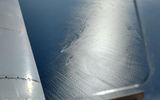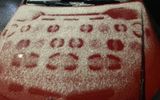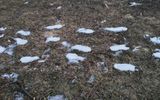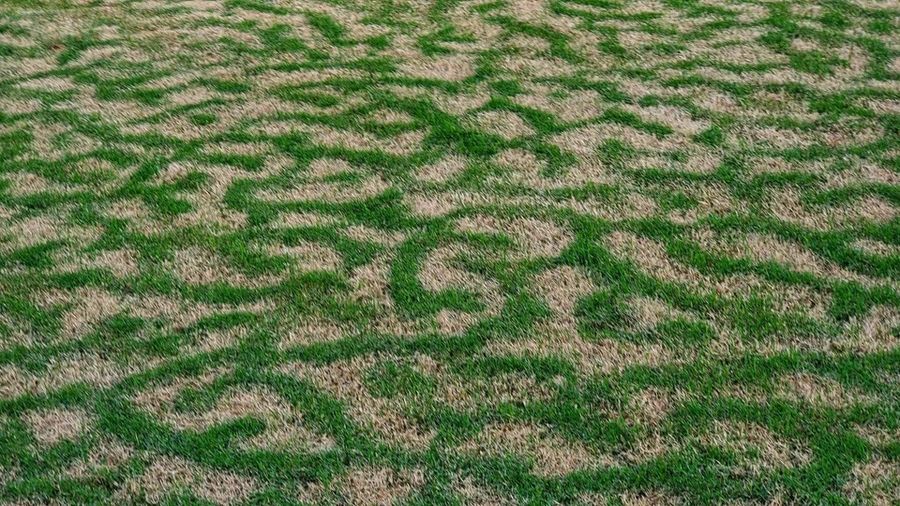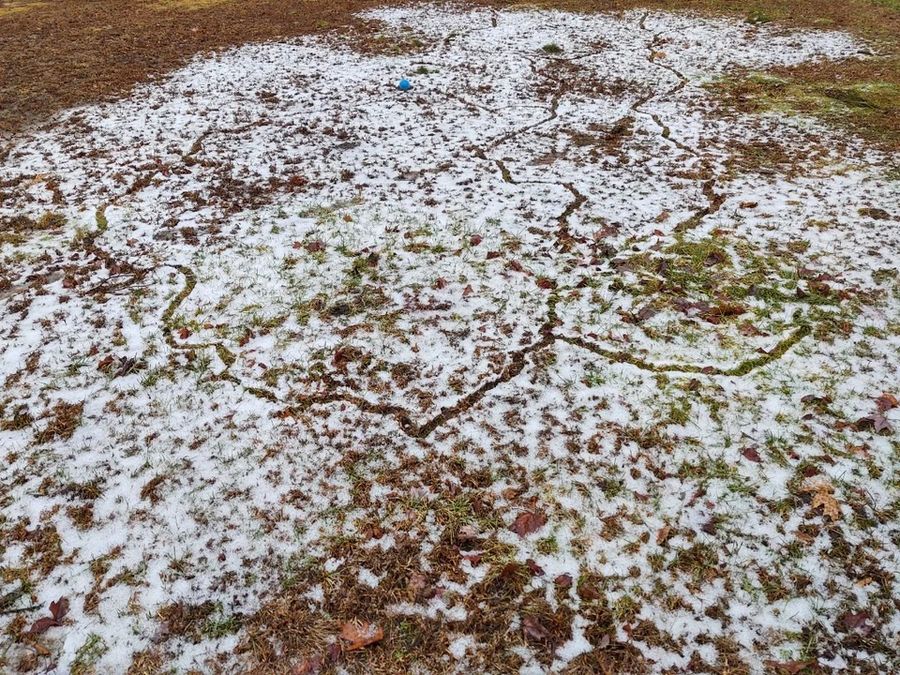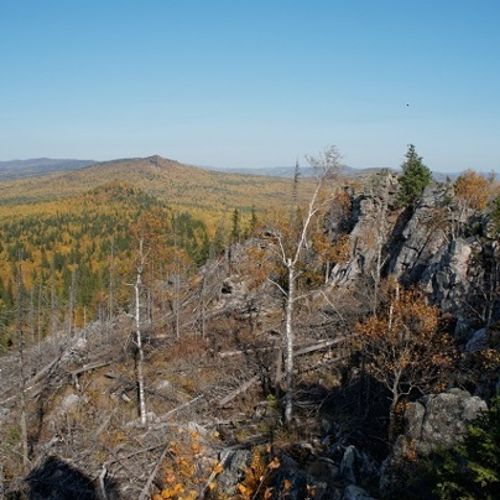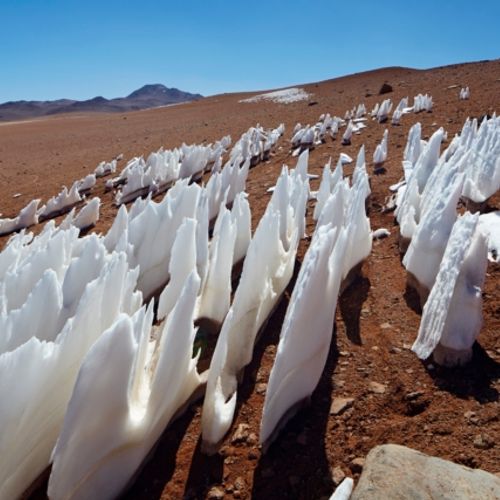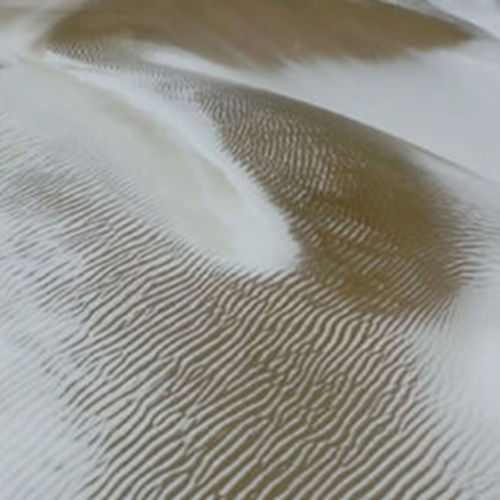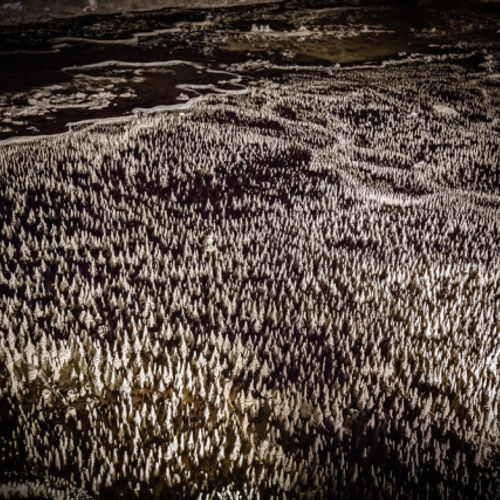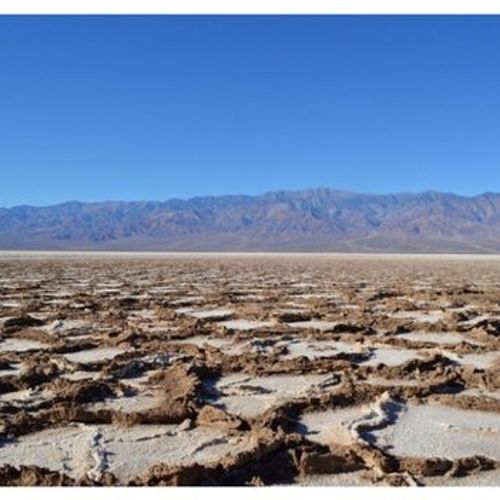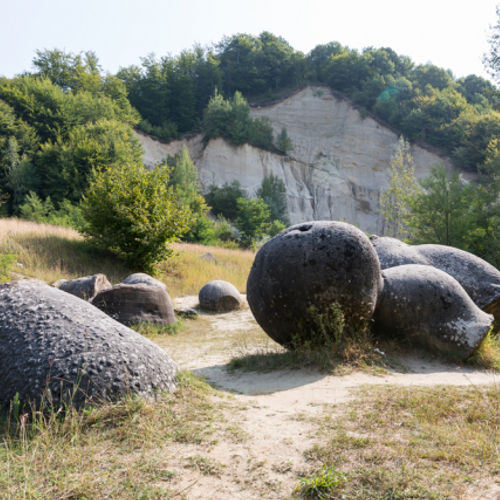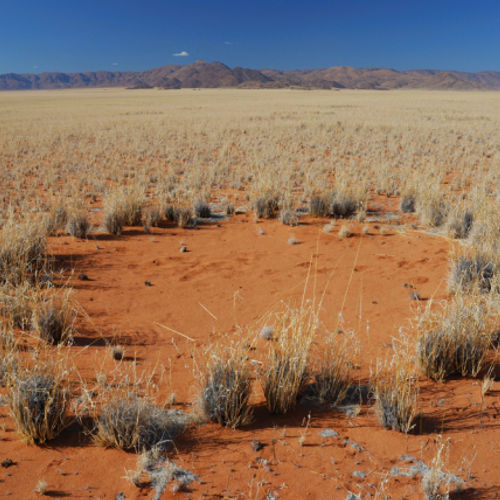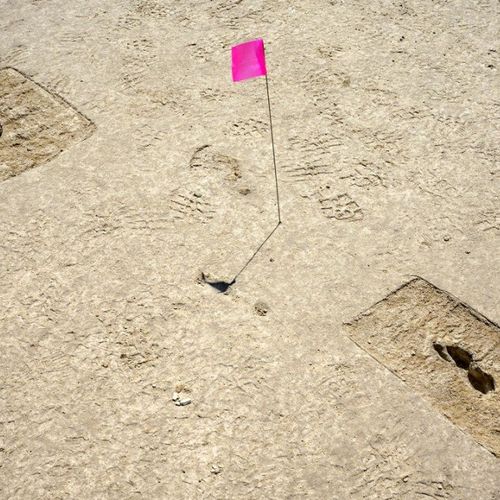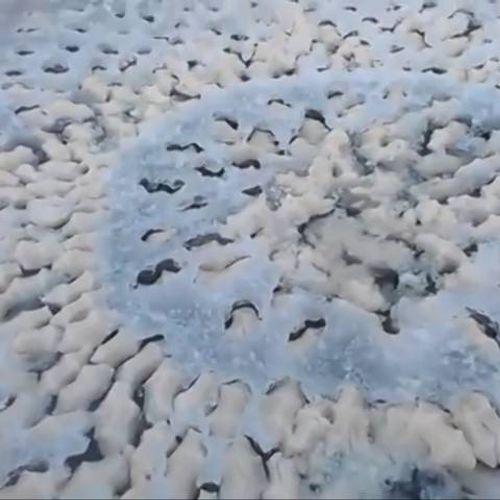
| Added | Fri, 21/10/2016 |
| Феномены | |
| Version type |
Due to exposure to chemical, physical or biological factors on snow, ice or water, melting, or evaporation may occur unevenly. This version includes the well-known reasons. For example, uneven heating of the underlying material, chemical reagents, etc.
Uneven melting and evaporation can play a role in the formation of laps on the field and in the summer:
The figures, discovered in the fields testify to the diverse human activities in this region: in places where the grass is withered, and the landscape began to emerge figures that can be seen only from the air. In other cases, drought would play a different role.
The fact is that moisture in a large quantity has accumulated in underground trenches created in ancient times artificially. Over them the grass grows better and around the burn. These may be structures of any shape, including square and rectangular structures (the remains of FORTS and castles, prehistoric farms and houses). I.e. because of the heat, the plants wither completely if they have grown right over the ancient Foundation - it prevents to accumulate moisture in the soil. Or water, in contrast, accumulates in the artificial ditches — in this case, the grass grows longer and thicker. Anyway, to notice such a distinction is possible only during long periods of drought.
Translated by «Yandex.Translator»
Related facts
Related news
Log in or register to post comments

